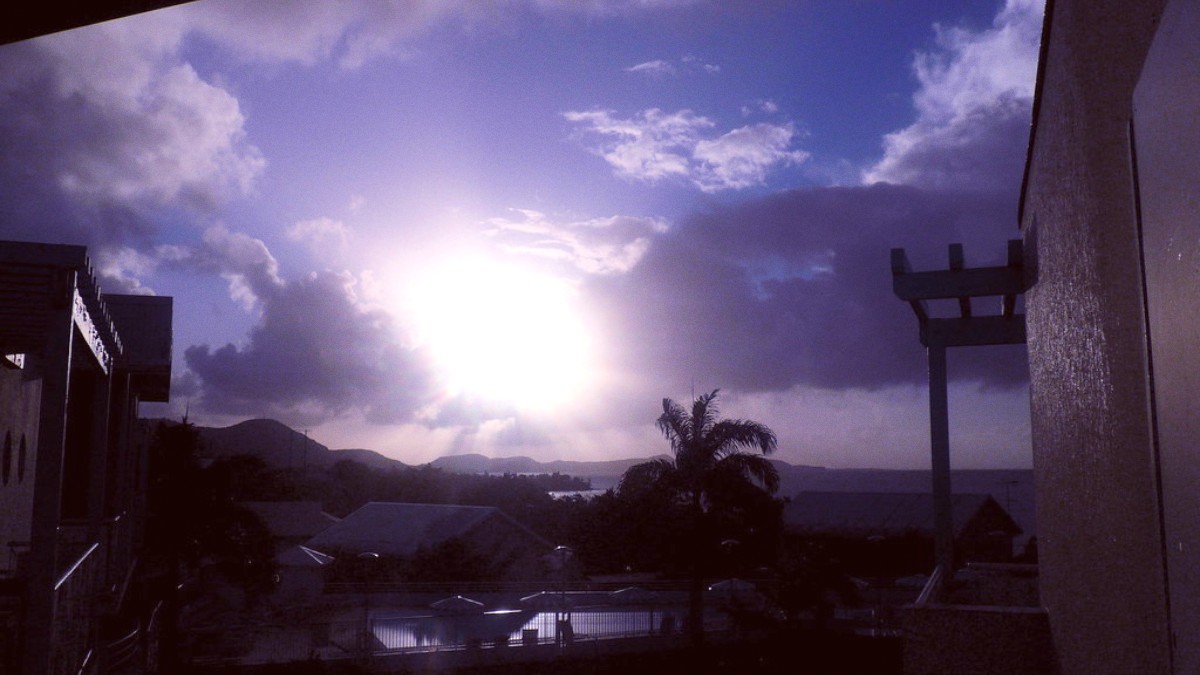
Martinique
Savor a perfectly crafted "Ti' Punch," the island’s signature rum cocktail, as the sun dips below the horizon, painting the sky in fiery hues. Wander through historic streets, admiring architectural wonders from Paris, or find tranquility in a world-renowned botanical garden just outside the city limits. A journey to Fort-de-France connects you with a place of profound beauty and deep heritage. Its capital city acts as your gateway, presenting a glimpse into an island that both charms and educates. Experience sights, sounds, and memories that last.
Fort-de-France's history is deeply intertwined with Martinique's colonial past and its enduring connection to France. Originally known as Fort-Royal, the city had French founding in 1672.
Its strategic position on the bay made it a preferred administrative and military center. The city's development was initially slow, hampered by malaria and natural disasters. A major fire in 1890 destroyed much of the city's wooden architecture. These events prompted rebuilding with more resilient materials like iron and stone. The catastrophic eruption of Mount Pelée in 1902 cemented Fort-de-France's position as the capital. Today, the city is a living museum of its past, with landmarks like La Savane park, the Schoelcher Library, and Fort Saint-Louis.
Fort-de-France is Martinique's largest urban area, the heart of the island's economic and social life. The population holds people of African, mixed African-European (Creole), and European (French) descent. This reflects centuries of migration and cultural blending.
French is the official language. Martinican Creole, a French-based Creole language, locals widely speak. English use by tourist-facing roles. Learning a few basic French phrases shows respect. The Euro (€) is the official currency. ATMs are readily available, and credit cards have wide acceptance.
Expect consistent warmth year-round, temperatures average between 77-86°F (25-30°C).
Less frequent rain and more sunshine. Most popular for visitors.
Slightly warmer, more humid conditions. Rainfall frequent and intense.
Officially June 1 to November 30. Peak activity typically August to October.
Sun is strong. Seek shade, use high-SPF sunscreen, and drink plenty of water.
Fort-de-France attractions include architectural marvels, historic sites, and markets.
The Schoelcher Library is an architectural marvel. The Saint-Louis Cathedral is an impressive iron-frame structure, rebuilt multiple times due to natural disasters.
Fort Saint-Louis is a historic fortress with panoramic views of the bay and city. La Savane is a large urban park, a central gathering place.
The Grand Marché (Spice Market) is a lively covered market where spices, local produce, handicrafts, and prepared foods appear.
The food scene in Fort-de-France is a culinary journey. It blends French gastronomic traditions with African, Indian, and Creole influences.
Look for fresh seafood, tropical fruits, and signature dishes. These include Accras de Morue (codfish fritters), Boudin Créole (Creole sausage), and Colombo (curry-like stew). Rhum Agricole, the island’s distinctive rum distilled from fresh sugarcane juice, is a must-try. Enjoy it often as a "Ti' Punch."
Abundant fresh catches daily, incorporated into local and fine dining.
Taste the blend of French culinary art with Caribbean flavors.
Experience the distinctive rum, distilled directly from sugarcane juice.
Fort-de-France acts as the main hub for public transportation, including a modern rapid transit bus system (TCSP) and local buses. Taxis are available, and car rental is a popular option for island exploration beyond the city.